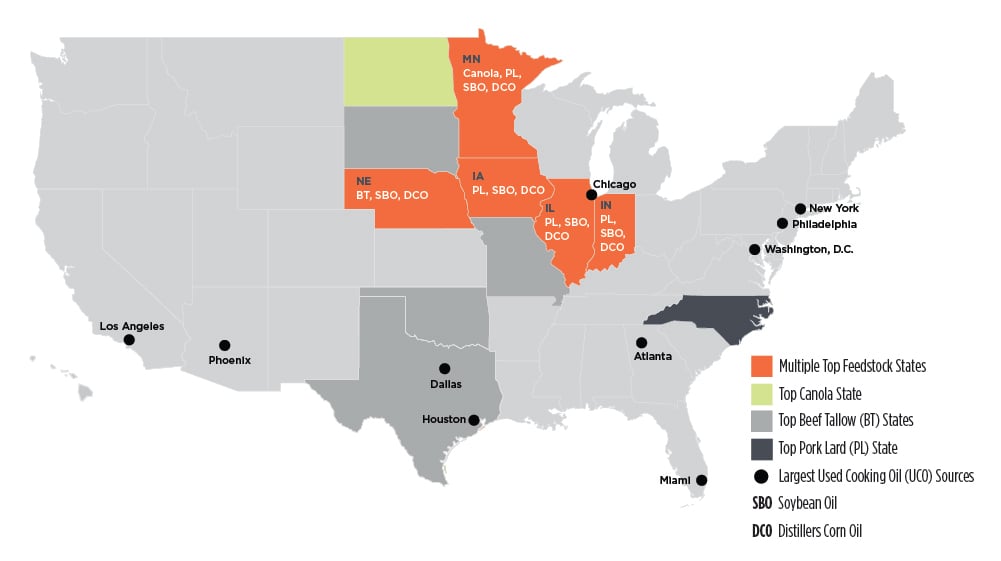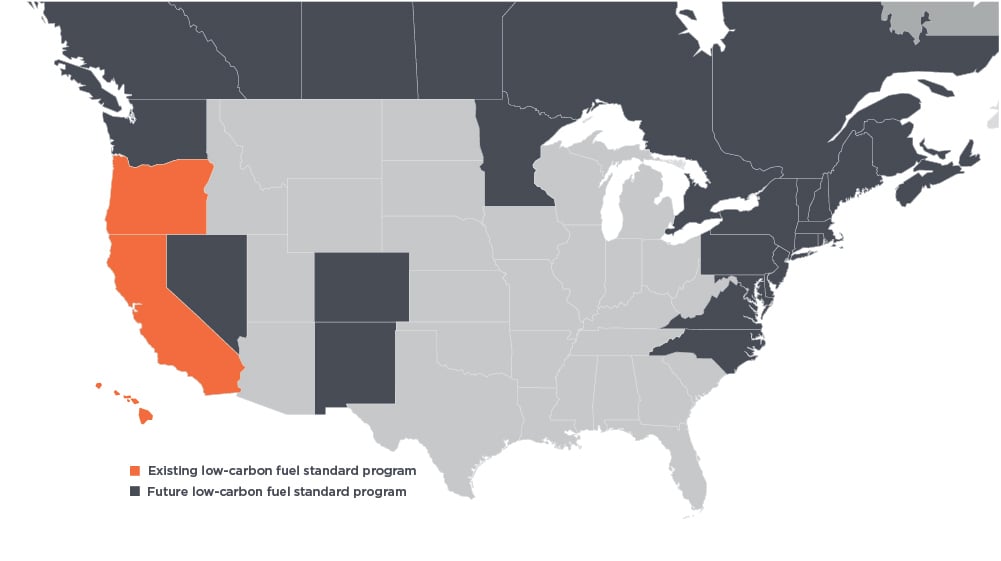Refineries with the kits needed to process poorer-quality feedstock, such as heavy sour crude from Western Canada, may be in better position for conversions than those set up to process light sweet crude.
If hydroprocessing assets (i.e., gas/oil hydrotreaters, diesel hydrotreaters, hydrocrackers) are processing feedstocks with relatively low sulfur and nitrogen content and/or low aromatic content, the hydrogen uptake required would be lower. While this may be all that’s needed for producing on-spec products, it may indicate that the unit would be less than ideal for renewable conversions.
For more challenging feedstocks, a diesel hydrotreater typically requires high volumes of hydrogen for producing on- spec diesel. Hydrogen volumes required for renewable diesel and sustainable aviation fuel are several times higher still. Let’s say your refinery has processing capacity of 200,000 B/D, with 70,000 B/D of cumulative hydroprocessing capacity from the gas/oil hydrotreater, hydrocracker and diesel hydrotreater. Upon conversion to renewable diesel output, perhaps only 20,000 B/D renewable fuel processing capacity would be available. As a result, you would need to make approximately 10 times the margin you were seeing prior to conversion to compete with the crude oil refinery. While this may appear to be a tall order, a combination of renewable fuel incentives and poor crude oil refinery market conditions could tip the analysis in favor of renewable fuels.





